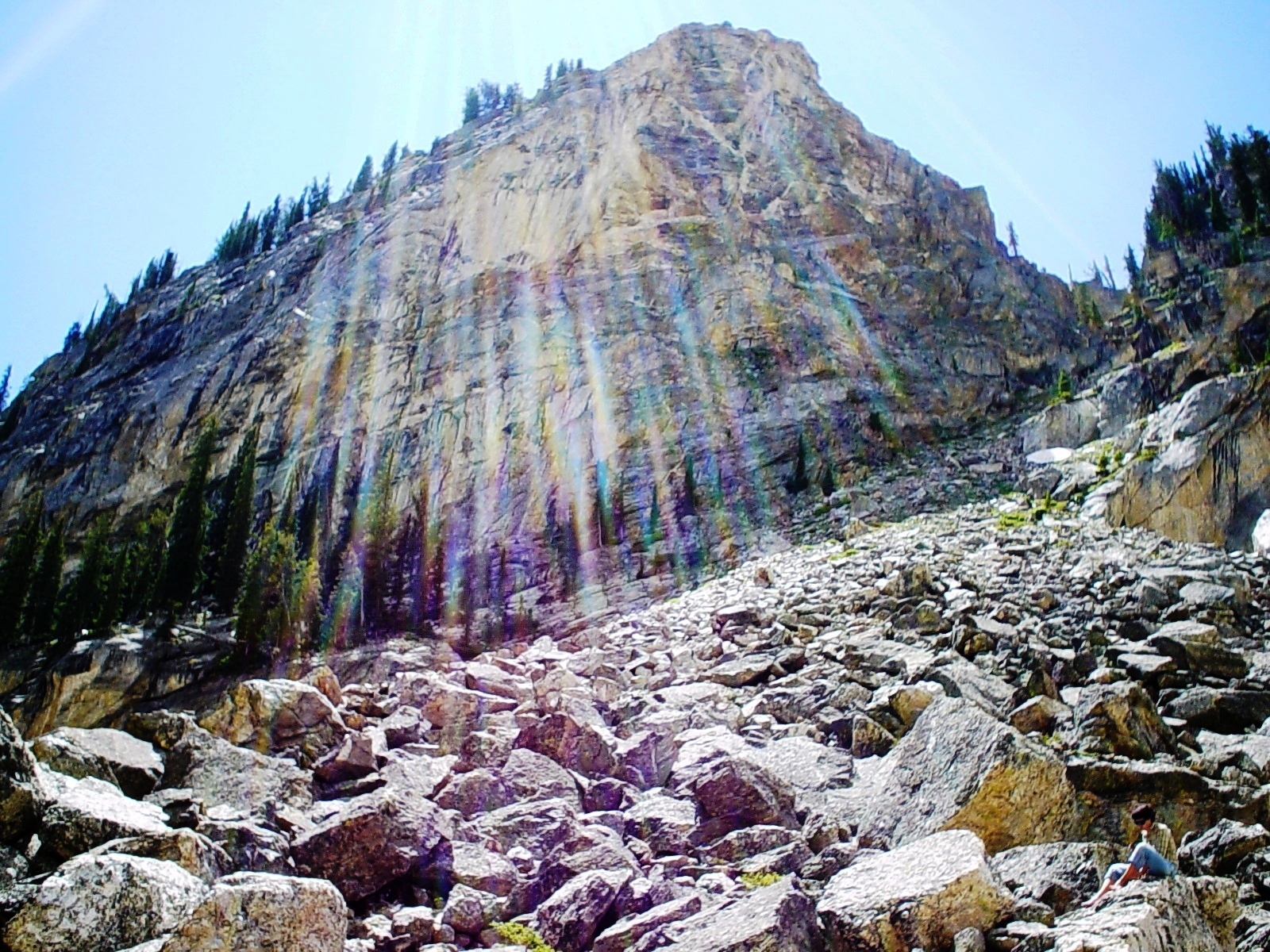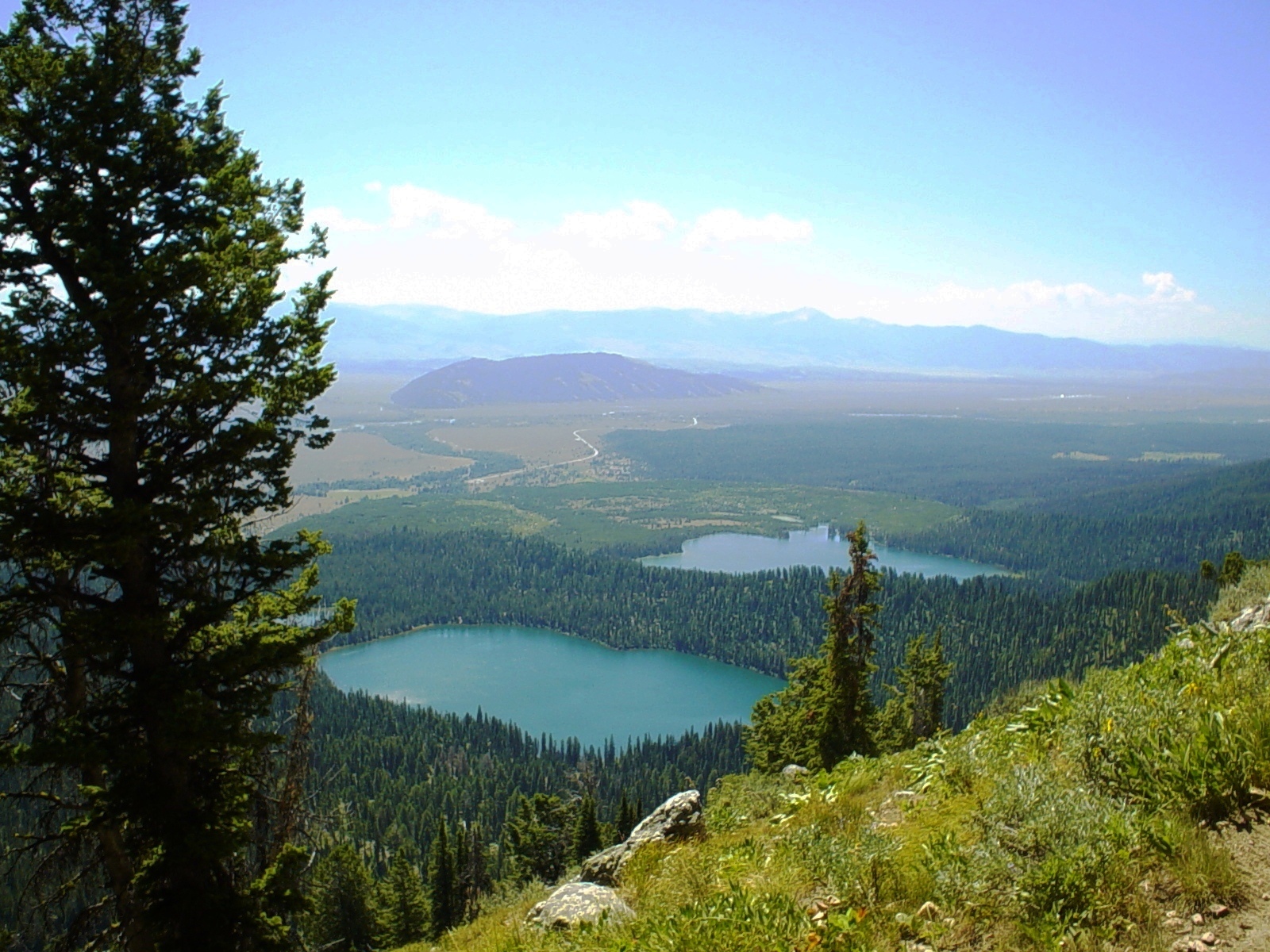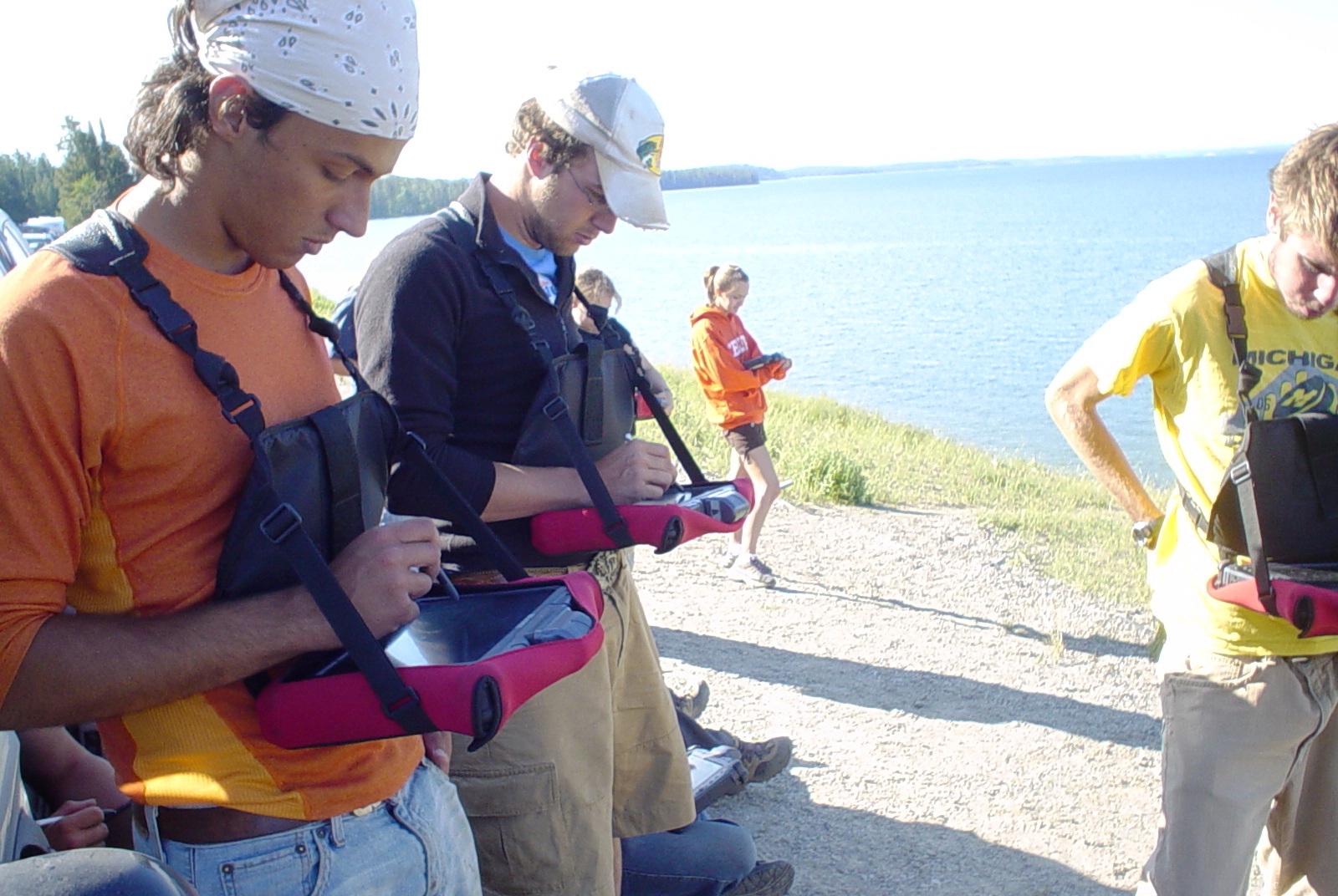In her seminal work, “In the Age of the Smart Machine: The Future of Work and Power,” Shoshanna Zuboff (1988) chronicles the stories of three very different industrial environments undergoing monumental change as they move from performing action-centered skills that are steeped in a rich, sensory reality, to a technological restructuring of their work that requires them to develop a new set of performance competencies—intellective skills. These intellective skills are necessary to navigate their way through an ever-changing system of data interfaces and other symbolic media, and connect those interfaces to a meaningful context—a context that will allow them to interpret what is happening in those rich, sensory realities they have exchanged for a myriad of screens at desktop terminals.
Inspired by her compelling description of human labor jettisoned into a new dimension, as well as the crisis of meaning attending the development and use of each new information medium, I determined to follow her methodology and example—to seek out situations where, driven by relentless innovation, a workplace or an academic discipline finds itself at the brink of transformation, where the traditional concept and distribution of knowledge is simultaneously enhanced and threatened; where novices, seasoned technicians, and professionals are required to develop an entirely new set of competencies—competencies necessary to reconceptualize the practices they engage in as they construct new knowledge and meaning for ever more complex and specific purposes. Further inspired by Geisler and Bazerman et al.’s article, “IText: Future Directions for Research on the Relationship between Information Technology and Writing,” (2001), which I had encountered earlier in its white paper form as a graduate student, I became interested in how electronic affordances might modify the structure of users' activities, rendering the pursuit of their goals in older, familiar ways problematic. As the article’s authors note:
In the long run . . . electronic mediation may change the entire system of activity that sustains social organization (Bazerman, “Politically”). Many of the traditional forms of social organization, such as bureaucracies, professions, and sciences, have gained their persisting structure and function through texts (Merton). As these social entities move their communication and information online, their structure and function will necessarily change in response to the new forms of available text and the emergent opportunities of text accessibility, circulation, and use. (p. 273-274)
I discovered an opportunity to engage in such research while meeting over coffee with a colleague from the Geology Department. A few scholars in the field of geology education have, over the last few years, begun to look at how the traditional field notebook could be both transformed and improved by advancing it from manuscript to digital format. Digital notebooks have been incorporated for testing and evaluation in field geology classes at the University of Michigan’s Camp Davis, near Jackson, Wyoming, and at the Department of Geology at Northern Arizona University. Northern Arizona has been using Tablet PCs for introductory geology courses as well as field courses since 2002. Both institutions’ instructors have evaluated and reported on their separate projects in two separate articles, finding that student and faculty reactions to the introduction of this technology in both classrooms and field classes were “generally positive,” (Manone, 2006; Knoop, 2006).
These authors reported survey results and observations indicating that the skills and abilities required from geology students increased with the use of digital mapping techniques and digital field notes, while learning and teaching opportunities and processes for instructors were also significantly enriched and enhanced. Upon reviewing these publications, however, I found that these researchers’ results appeared quite preliminary, and reported only generally on the results of the study’s quantitative instruments—surveys which remain unpublished and therefore closed to other scholarly interpretation. As an interested follower of both science studies and science writing, I wanted to conduct a more rigorous qualitative and quantitative investigation. This study would not only triangulate the results of student surveys, interviews, and my own analysis of their digital field notebook files, but would also publish the full content of my evaluation instruments and their specific results in tabular and graphical form.
My field research began with a trip to Durango, Colorado, to observe Bowling Green State University geology students combining the disparate tools of Pocket PC’s and manuscript field notebooks in an undergraduate capstone field course. My goal was to observe the students’ use of two writing technologies in the field: (1) the traditional manuscript field notebook that practicing geologists regularly use to record data in the field, and (2) pocket PCs used to enhance the basic skills necessary for fieldwork and to enable students to perform digital mapping. More importantly, I wanted to explore the feasibility of transforming the manuscript field notebook into what Geisler and Bazerman, et al. (2001) have identified as an IText—a blend of information technology and text with the power to alter “the very character of texts and the interactions of those who use them,” (p. 270).
My initial, exploratory questions were: Could students produce a digital field notebook? What disciplinary discourse and genre conventions, pedagogical practices and preferences, technological literacies, and interpretive competencies would be impacted by the use digital field notebooks in the geology curriculum? According to Gurack and Hocks (2009), as a scientific genre, the field notebook “is used to record the processes involved in field research . . . Geology is one area where field notebooks are used extensively to describe rock formations, topography, rock and mineral deposits, landscape features, and other items important to this research,” (pp. 96,100). The notebook “is primarily a personal record-keeping document and writing space [that] also serves as documentation of … [researchers’] thinking and discoveries during the … observational process,” (p. 102). Would migration of the genre from manuscript to digital format enhance these functions? Would the common social motivation for use of this genre within the discourse community of geology and the exigencies addressed by the field notebook genre itself be better served? From the standpoint of access, collaboration and review of data, it would seem so. As Geisler and Bazerman, et al. note, “To separate ITexts from our current static notion of text, we need to understand users as active and, perhaps more fundamentally, ITexts as interactive, designed in accordance with the notion that a text is an ongoing, negotiated process, a use rather than a reception,” (p. 279). This is particularly true of static, scientific (and earlier natural philosophy) field notebooks. This genre has for centuries persisted as an essentially private recording of observations made by a single author; its raw data is rarely shared with the scientific community until these private observations are incorporated in a more formal report or proposal—the discourse community’s conventional mode of communicating technical information to expert colleagues or decision makers of private corporations who, in the case of many geologists, profit from extracting natural resources for public consumption. The American Association of Petroleum Geologists (AAPG) “is currently the world’s largest professional geological society with over 30, 000 members.” (Inside AAPG, http://www.aapg.org/member/insideaapg.cfm)
Further exploratory questions included whether or not any resistance to the notion of migrating the genre from a physical, palpable artifact to a virtual, digital format would manifest itself in interesting ways. Would students (and faculty) be open to creating a richer sensory document via the capabilities of embedded digital photos, maps, voice recorded notes, and video? In moving from manuscript to digital format, geology students would have the opportunity to represent action-based skills in ways that provided more sensory detail, thus reducing the funnel-like, cognitive effect produced by exclusive alpha-numeric text as they opened their notebooks to the use of color in their drawings, inserted maps, embedded digital photographs and other forms of multimedia. Would they see the value of blogging their digital field notebooks as a means of collaboration with others much earlier in the stage of scientific reporting by sharing raw data prior to its inclusion in their discipline’s conventional reports or proposals? Or would they resist? Would these possibilities, if actualized, result in that “blend of information technology and text” with the power to alter “the very character of texts and the interactions of those who use them?” Moreover, it seemed possible that digital field notebooks might eventually require that novices, seasoned technicians and professionals develop a new set of competencies—competencies necessary to reconceptualize the practices they engage in as they construct new knowledge and meaning within the discipline and practice of geology.



